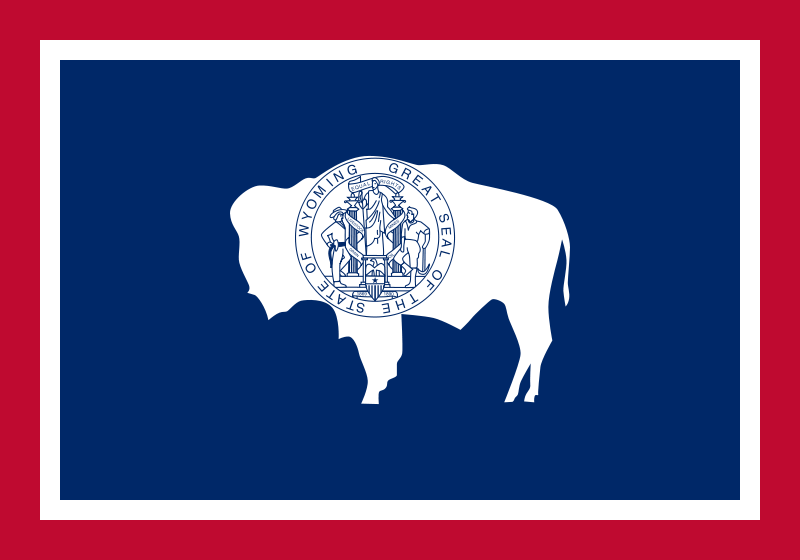The Wyoming State Legislature referred Constitutional Amendment A to the November 2020 ballot. The measure was designed to remove the constitutional limit on debt a municipality could incur for municipal sewer projects. Going into the election, the limit on total debt for municipal projects was 4% of the assessed value of the taxable property within the municipality. The constitution allows for an additional 4% for municipal sewer projects. The measure would have removed the additional limit of 4% for sewer projects and instead allowed the legislature to provide for additional indebtedness.
This measure failed since it required approval from a majority of voters casting a ballot at the election, which means leaving Amendment A blank was the equivalent of voting against it. Of the total ballots cast, 11.17% of voters either left Amendment A blank or filled in both “for” and “against.”
- Total ballots cast at the election – 278,503 (100%)
- Total votes for Amendment A – 126,589 (45.45%)
- Total votes against Amendment A – 120,808 (43.38%)
- Undervotes and overvotes on Amendment A – 31,106 (11.17%)
From 1996 through 2018, the Wyoming State Legislature referred 26 constitutional amendments to the ballot. Voters approved 18 and rejected eight of the referred amendments. Four of the eight rejected measures were defeated despite receiving more yes votes than no votes. They failed for the same reason Amendment A (2020) failed. All of the amendments were referred to the ballot for general elections during even-numbered election years. The average number of amendments appearing on the general election ballot was two. The approval rate at the ballot box was 69.23% during the 22-year period from 1996 through 2018. The rejection rate was 30.77%.
Five other states besides Wyoming have this type of requirement based on election turnout instead of votes cast on the measure itself. Four require constitutional amendments to be approved by a majority of all voters at the election, and one requires approval from a number equal to a majority of all voters casting a ballot for governor. Three other states have provisions that require approval from a certain percentage, ranging from 30% to 40%, of all voters at the election. Provisions like these mean that a certain number of undervotes on an amendment could prevent the measure from passing despite approval from a majority of votes cast on the measure itself.
Additional reading:


